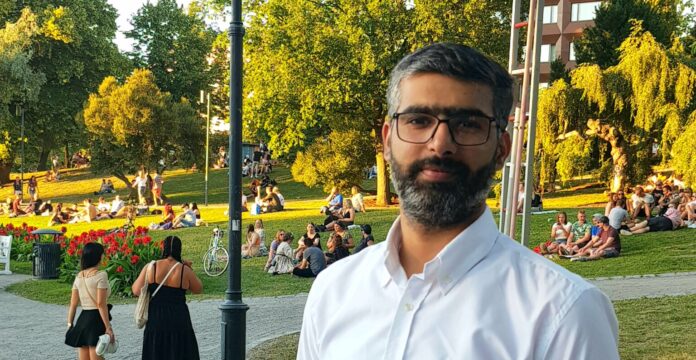European Union’s latest innovation policy, smart specialisation, has put public organisations in a coordinating role in innovation activities. This change forces public actors to take their place among already established innovation agents, namely universities and companies. Whereas these previous institutions are well established in their role in innovation activities, as knowledge providers and users, public organisations still seek their place among the other actors and this creates challenges for them.
After inspecting the current literature, my dissertation titled: “The Challenges of public organisations in coordinating smart specialisation and a connectivity model as one solution” suggest that there are three major challenges for public organisations, which are due to their coordinating role in smart specialisation. The three challenges are titled: stakeholder inclusion, knowledge generation and dominant actors.

As a response to the presented challenges, my study introduces a connectivity model, which is based on enhancing regional connectivity. Connectivity model is based on interviews or surveys, which are conducted among companies, public organisations, universities and NGOs. Focus is on discovering two figures regarding various aspects of innovation: expectations and experiences. Expectation means what the cooperation is on ideal level, i.e. what the respondent would like the cooperation to be; whereas experiences are measuring what the cooperation has been in real-life.
The difference between these two figures presents a gap. The bigger the gap is, the bigger the issue is, as clearly the respondent is not too happy about cooperation, where he/she expects for more than what the situation currently is. These gaps can then be taken into discussion in focus groups and solutions can be looked upon together with various regional actors. Collaboration is also measured in regional, national and international level, so that one is able to see the wider picture.
The model is one possibility for public organisations, as regional collaboration is one of the core challenges in managing a successful entrepreneurial discovery process. This process is important for smart specialisation because the idea is to look for future market venues for the region and see whether existing capabilities can turn into new innovation activities. Especially companies’ knowledge of the markets is crucial for this and collaboration among regional partners is therefore mandatory.
In the study the model is seen as a useful tool for public organisations, as it includes elements which enhance regional collaboration (focus group discussion and involvement of stakeholders), provide useful knowledge for the regional developers (gap analysis, regional discussions) and can limit the threat posed by dominant actors (by inviting everyone in the same table to discuss).
Connectivity model is especially preferable for public organisations who do not know how to proceed with their innovation activities. Because the model is “pre-made” and does not require extensive funding (resources for one person for a couple of months is the minimum and some other transaction costs for a meeting room etc.) it could be utilised in very different types of regions. Currently it has been utilised in six different countries via LARS project.
It also offers an evidence-based and thus more interest-free way for distributing development funding, as the model is based on methods in which regional stakeholders have a chance to get involved via interviews and are offered another chance to comment on the initial results before deciding together with other regional stakeholders on what should be done in the region. It is by nature a more bottom-up approach.
Connectivity model also offers a possibility to encourage regional learning, both as an intra- as well as extra-regional exercise. If regional actors become involved, they are able to discuss the biggest issues in local cooperation, together with stakeholders from multiple helices and exchange different types of knowledge. It is also possible to search for global partners who either have similar issues, or who have already discovered solutions to the issues.
Perhaps most importantly, connectivity model offers the public organisations a good discussion opener, as it helps in engaging local stakeholders and both interviews and focus group meetings can provide a forum for wider regional discussion. This can lead to future projects and mutual collaboration, as the stakeholders and their work become better known within the region.




